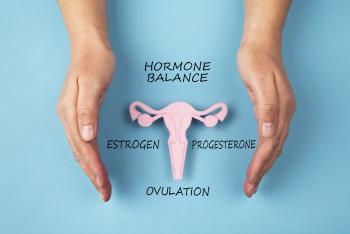Urinary tract infections (UTIs), bacterial infections of the bladder, are common health conditions...
Read More
Urinary incontinence is common for women of all ages, but there are non-surgical options that can help strengthen your pelvic floor. The first step is educating yourself, so Inspira’s providers reviewed 10 common myths about incontinence.
Urinary incontinence is common for women of all ages, but there are non-surgical options that can help strengthen your pelvic floor. The first step is educating yourself, so Inspira’s providers reviewed 10 common myths about incontinence.

Urinary tract infections (UTIs), bacterial infections of the bladder, are common health conditions...
Read More
Prioritizing cervical health is a lifelong commitment—from HPV vaccinations in adolescence to...
Read More
Discover exercise routines targeting specific back pain types to help alleviate discomfort and...
Read More
The material set forth in this site in no way seeks to diagnose or treat illness or to serve as a substitute for professional medical care. Please speak with your health care provider if you have a health concern or if you are considering adopting any exercise program or dietary guidelines. For permission to reprint any portion of this website or to be removed from a notification list, please contact us at (856) 537-6772